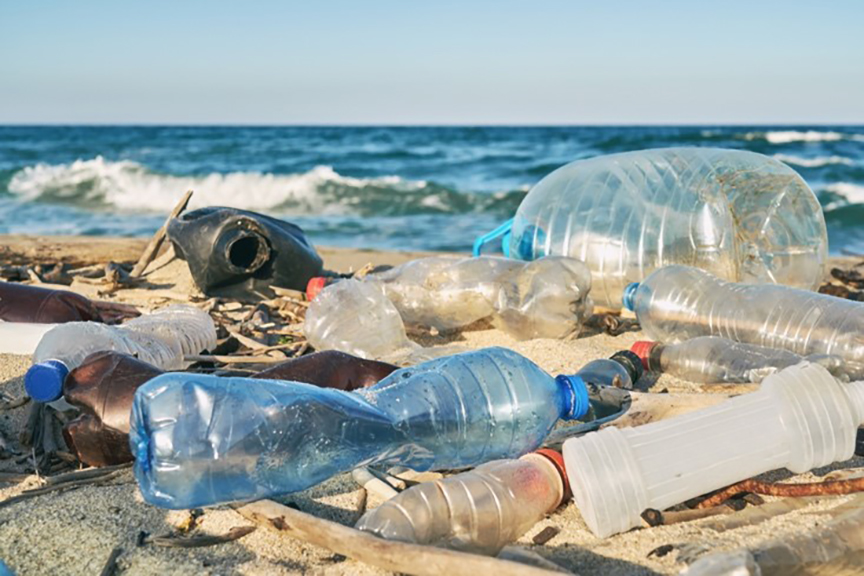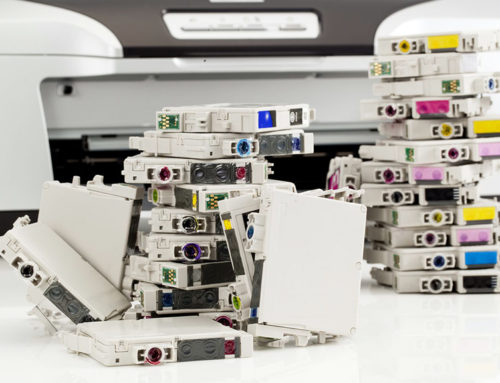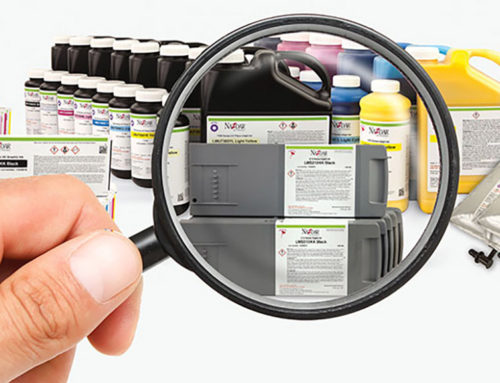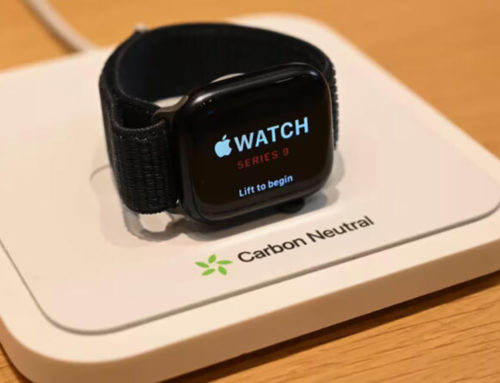In the battle for a cleaner, greener planet, the war against single-use plastic looms large. It’s a problem that not only impacts our oceans and landfills but also poses risks to our own health. Jennifer Savage, a dedicated advocate from the Surfrider Foundation, has shared some compelling suggestions on how we can be part of the solution.
Refusing Single-Use Plastic: A Simple Yet Powerful Act
The first step toward a plastic-free future is simple: refuse single-use plastics. It’s a move that can significantly reduce the plastic footprint in our oceans and the burden on our already overflowing landfills.
Jennifer emphasizes the importance of supporting businesses that share this commitment. By choosing establishments that have adopted plastic-free practices, you become an active participant in the fight against plastic pollution.
But what if your favorite restaurant still clings to plastic cutlery and containers? Savage has an inspiring piece of advice for diners: refuse those plastic forks and gently encourage the management to explore more sustainable takeaway options. These alternatives include bamboo utensils, paper containers, and straws made from eco-friendly materials.
Better yet, suggest the adoption of washable plates and cutlery, which not only benefit the environment but also save money in the long run. It’s a win-win situation for both businesses and consumers.
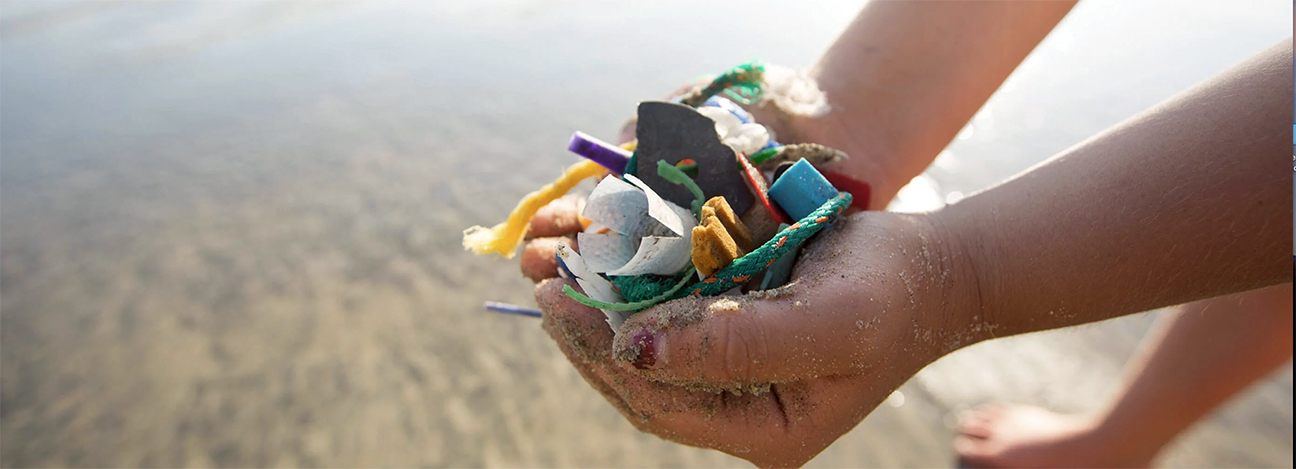
Savage highlights a noticeable shift in consumer preferences. People are increasingly opting for less-disposable options, and the positive feedback is undeniable. Imagine the pleasure of enjoying a meal with metal utensils on a real plate—it’s a simple pleasure that contributes to a cleaner planet.
Beyond personal satisfaction, there’s a growing awareness of the potential health risks associated with consuming from plastic containers and utensils. Micro-plastics infiltrating our bodies have become a concerning reality, making plastic-free dining an obvious choice.
Savage offers a stark reminder: most plastic doesn’t find its way into recycling streams. Shockingly, the United States boasts a meager plastic recycling rate of about 5% to 6%. The numbers inscribed at the bottom of plastic items don’t guarantee their recycling fate. Only those marked with 1 and 2, and occasionally 5, hold promise, depending on local recycling capabilities.
The misconception surrounding the “chasing arrow” symbol, a common sight on plastic containers, persists. In reality, most of these items remain unrecyclable. Some states, like California, are taking action against this misleading labeling, banning the symbol from non-recyclable plastics.
The call to action is clear: skip single-use plastic and Styrofoam whenever you can. Seek out businesses committed to eco-friendly alternatives and support their efforts. Engage with your representatives, urging them to take steps to phase out single-use plastics.
In a world where plastic pollution threatens our ecosystems and health, our choices matter more than ever. Jennifer Savage’s words serve as a reminder that, as individuals, we wield the power to drive change. It’s time to take a stand against single-use plastics and make a collective pledge to protect our planet.

